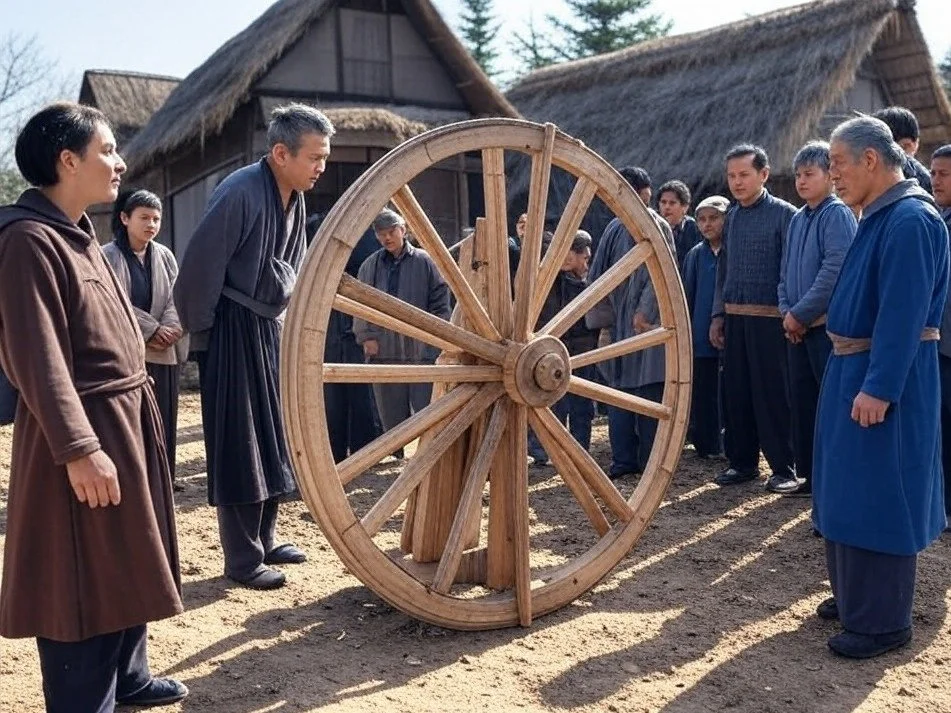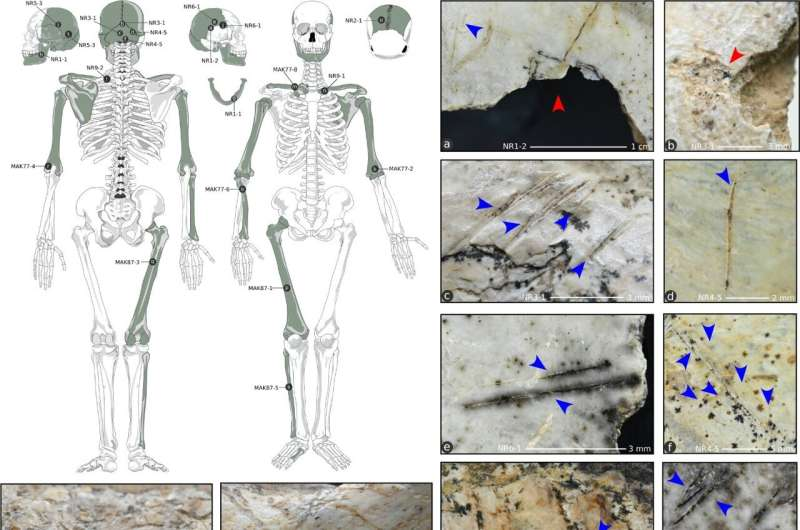The Origins of the Wheel
The wheel stands as one of the most significant inventions in human history, fundamentally transforming transportation, trade, and industry. The earliest known wheels date back to around 3500 BCE in Mesopotamia, where they were initially used for pottery making before being adapted for transport. Archaeological evidence suggests that wheeled carts emerged shortly after, revolutionizing movement and logistics in ancient societies.
The Wheel’s Role in Transportation and Trade
The introduction of wheeled vehicles enabled more efficient transportation of goods and people, fostering economic growth and cultural exchange. In Mesopotamia, Sumerians utilized solid wooden wheels attached to carts, facilitating trade across vast distances. Similar advancements appeared in Europe and the Indus Valley, where wheeled transport played a crucial role in urban development and commerce. The refinement of spoked wheels by 2000 BCE further enhanced mobility, leading to the development of chariots that changed the nature of warfare and communication.
Archaeological Evidence and Innovations
Excavations have uncovered ancient wheel fragments and depictions of carts on clay tablets and murals, providing insight into early wheel construction techniques. One of the oldest known wooden wheels, found in Slovenia and dated to around 3100 BCE, showcases the craftsmanship of early engineers. In China, wheel-driven vehicles became central to both transportation and military strategy, highlighting the wheel’s widespread impact.
The Lasting Impact of the Wheel
Beyond transportation, the wheel contributed to advancements in various fields, including industry and agriculture. Water wheels powered irrigation systems, while mechanical wheels became essential components in early machinery. The invention of the wheel set the stage for countless technological developments that continue to shape human civilization today.
Conclusion
The invention of the wheel was a turning point in human history, facilitating progress in trade, warfare, and everyday life. Supported by archaeological discoveries, its legacy endures as a symbol of innovation and human ingenuity, underscoring its fundamental role in shaping ancient and modern societies.






